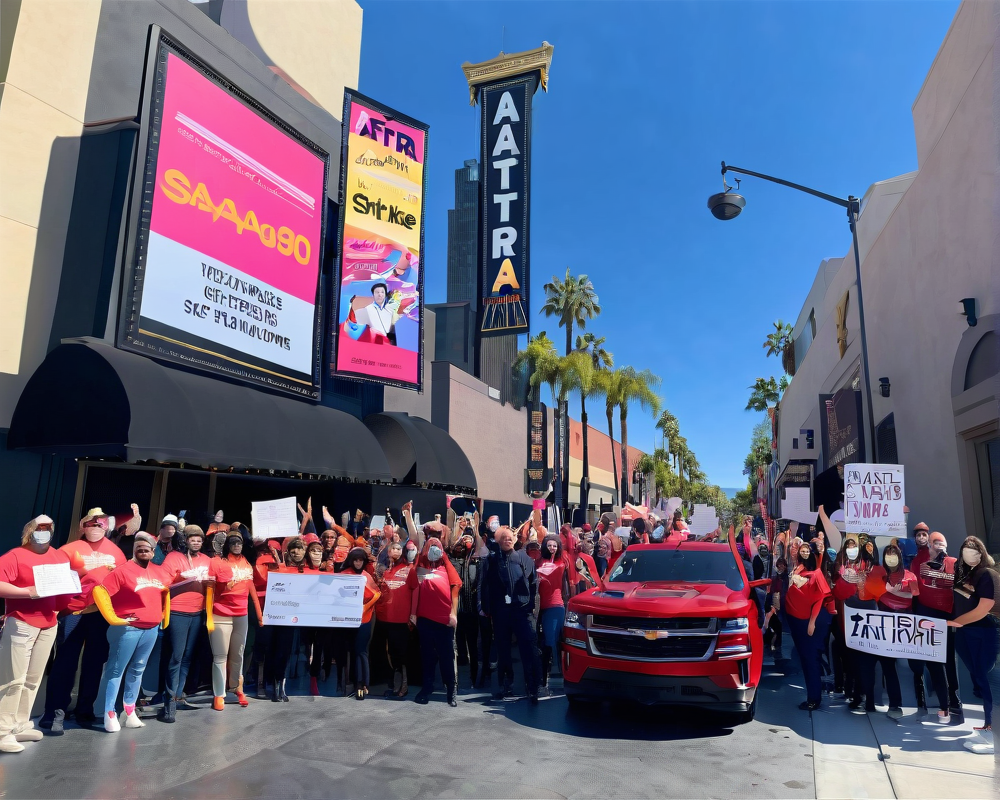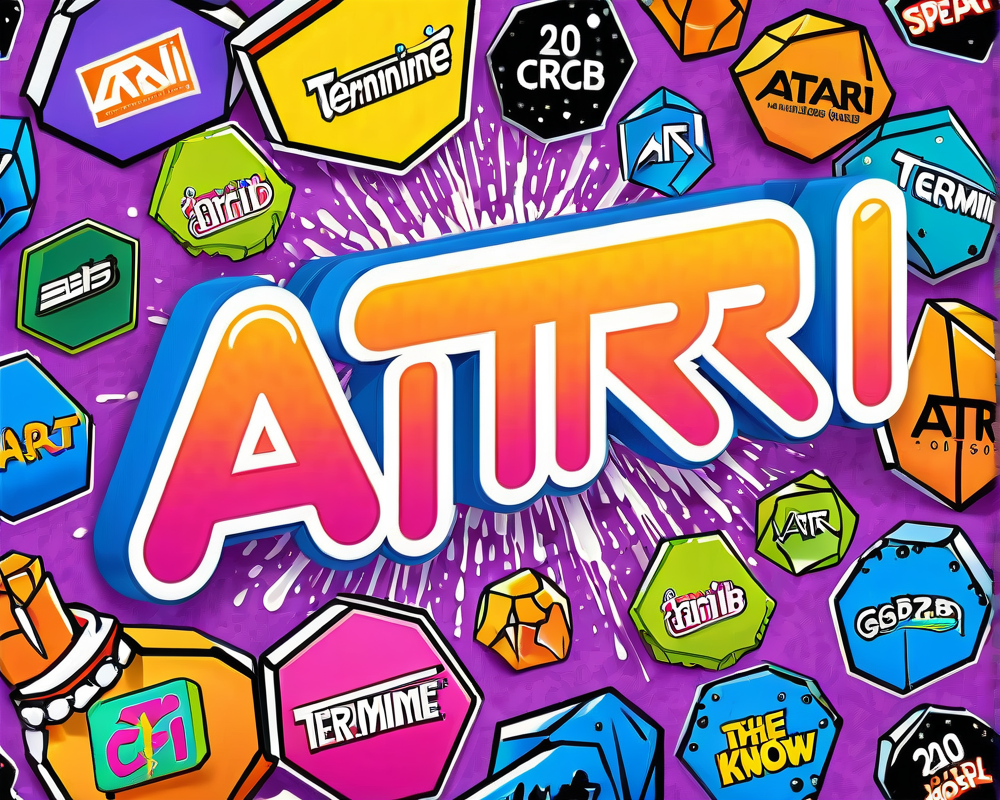Strike Concludes and New Era Begins
The Screen Actors Guild-American Federation of Television and Radio Artists (SAG-AFTRA) has officially hung up their picket signs as of November 9, after a groundbreaking 118-day strike. This strike wasn’t just about seeking fair wages and better working conditions; it also tackled the pressing issue of artificial intelligence in the entertainment industry. Now, with a new agreement signed, the actors are stepping into uncharted territory, where digital replicas and synthetic performances are set to change the game forever.
Understanding the AI Agreement
As part of the recent negotiations, the SAG-AFTRA union has crafted comprehensive guidelines surrounding AI usage. These terms will kick in 90 days post ratification, which is currently on the union’s agenda. Essentially, the deal outlines how the industry defines artificial intelligence, particularly in terms of creating digital replicas of performers. The agreement emphasizes that these replicas—which can mirror an actor’s voice or likeness without their actual presence—should only be made with explicit consent from the performers.
Components of the Agreement
- Digital Replicas Defined: The deal draws a line between replicas created under studio contracts and those made independently, with actors guaranteed compensation for their likenesses used outside studio employment.
- Synthetic Performer Classification: A new category dubbed the “synthetic performer” is introduced, signifying a digitally-generated asset created to resemble a real actor without identifiable features.
- Background Actors Protection: To prevent the erasure of background actors, the agreement fortifies rules stating that replicas cannot replace live background performers on set.
Industry Reactions: A Mixed Bag
Just like trying to find a Wi-Fi signal at a film set, responses to the new AI regulations have been a mix of enthusiasm and trepidation. Some industry veterans have voiced concerns about the potential repercussions of AI on creative jobs. Notably, actress and director Justine Bateman openly criticized the arrangement, suggesting that such permissions could dismantle the robust structure of the acting profession.
“The use of generative #AI will collapse the structure of this business.” – Justine Bateman, November 11, 2023.
In contrast, actor Jason Winston George, who was part of the negotiation team, defended the agreement on social media. He highlighted that the deal empowers actors to leverage their digital likeness while continuing their careers off-screen, essentially allowing them the opportunity to multitask their acting gig.
Future of Digital Alterations
One major aspect of the new deal revolves around the alteration of performances. For any digital modifications made to previously recorded materials, producers must attain clear and specific consent from the actors involved. For example, if an editor wants to tweak a background actor’s lip movements or insert dialogue, that actor is upgraded to a day performer—complete with proper compensation.
Conclusion: A New Chapter for Hollywood
As Hollywood navigates this brave new digital frontier, actors are reminded that they’re no longer just flesh and blood on-screen but also digitally crafted assets. The end of the SAG-AFTRA strike signals a shift in the industry landscape. With both skepticism and optimism in the air, it’s clear that while technology advances, the conversation around compensation and consent will continue to heat up. As we watch this saga unfold, one must wonder: are we entering a world where your favorite star might just be a sparkly computer-generated image?




